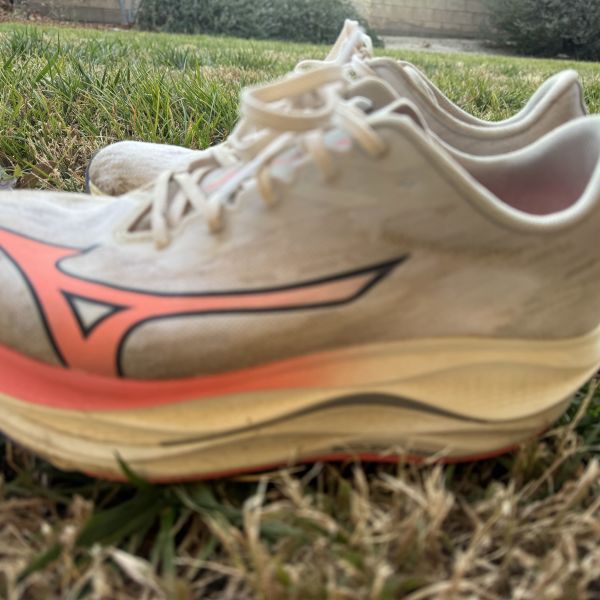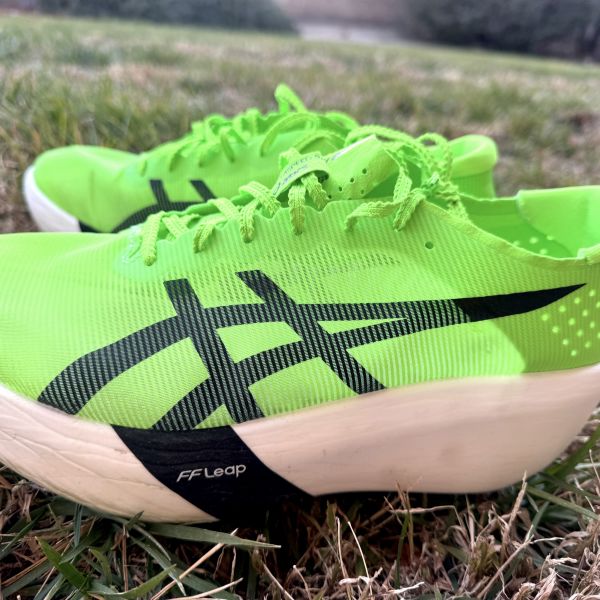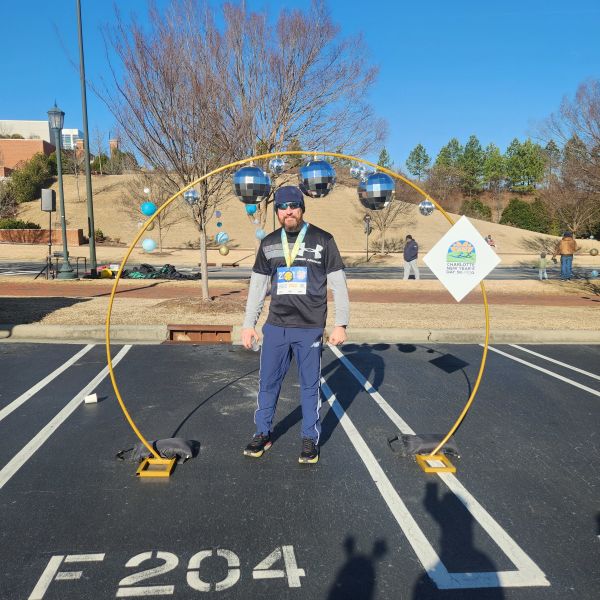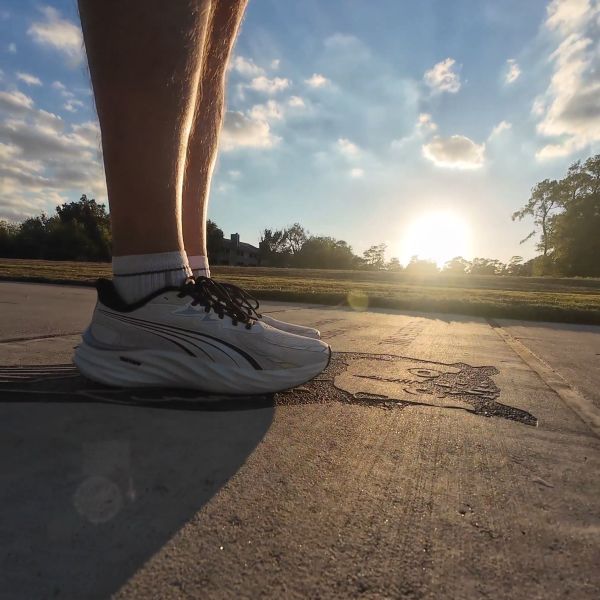Are you curious about low-drop running shoes?
.
If you're looking to make the switch to low-drop running shoes, you’re in the right place.
.
In this running shoe guide, we'll:
Whether you’re a beginner exploring low-drop options or a seasoned runner looking for a new pair, this article covers everything you need to know.
.
FYI: We consider anything with a 5mm drop or lower a low-drop running shoe.
.
Before trying low-drop running shoes, you might have some questions...
Zero-drop shoes have no difference in height between the heel and the forefoot.
While they encourage a natural gait, low-drop shoes aren’t a cure-all.
For new runners, low-drop running shoes can be beneficial but require time to adjust.
Absolutely! Many trail runners prefer low-drop shoes for the increased ground feel and stability they offer.
In running shoes, the "drop" (or heel-to-toe drop) is the difference in height between the heel and the forefoot.
A shoe’s drop can impact your running style and muscle engagement.
Switching to low-drop running shoes can change your running experience, particularly if you’re looking for a natural feel.
While low-drop shoes have benefits, they aren’t for everyone. It's important to note that current research suggests that how you run is how you run, and there are shoes to accommodate everyone.
.
A lower heel drop does not always mean better. Some runners may find transitioning to low-drop shoes challenging:
Moving to low-drop running shoes requires a gradual transition to avoid injuries.
.
Here are some tips to ease into it:
Here’s a curated list of the best low-drop running shoes, categorized by their best use, from everyday trainers to race-ready speed shoes.
Most people don’t realize that while most HOKA running shoes have a ton of cushion, they also all tend to have lower drops (most have 5 mm).
Most people know Altra as the zero-drop brand, but the Altra FWD Experience brings a new twist with a 4mm drop.
The Kinvara is over 15 years old and remains a popular running shoe choice for those looking for a lightweight trainer.
.
When speed is the priority, the Saucony Kinvara 15 delivers. With a 4mm drop, it keeps you connected to the ground while offering just enough cushion to keep your legs fresh during intervals and tempo runs.
The Topo Athletic Specter 2 is a versatile, lightweight running shoe known for its responsive Pebax midsole and secure, breathable upper.
Low-drop running shoes can be a game-changer for runners looking for a more natural, minimalist feel.
.
By choosing the right low-drop shoe for your needs—whether it’s speedwork or daily miles—you can enjoy the benefits of a more grounded, balanced run.
.
Remember, the transition to low-drop shoes can take time, so be patient and enjoy the process as your body adapts.
Share yours in the comments or create a WeeView and tell us more about your favorite Low-Drop Running Shoes.

David Moore I love my zero drop Altra's for the trail but haven't gone there for my road running yet. Topo is on my short list of shoes to try.
Login to your account to leave a comment.





We Want to Give it to You!
